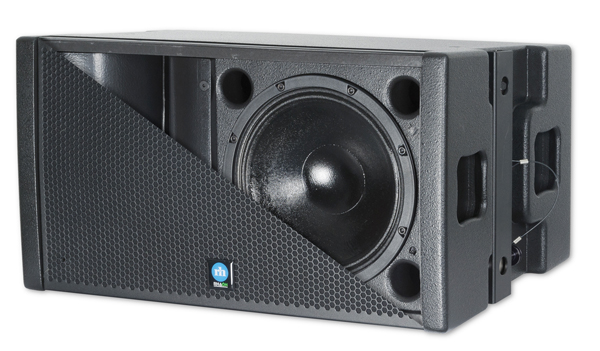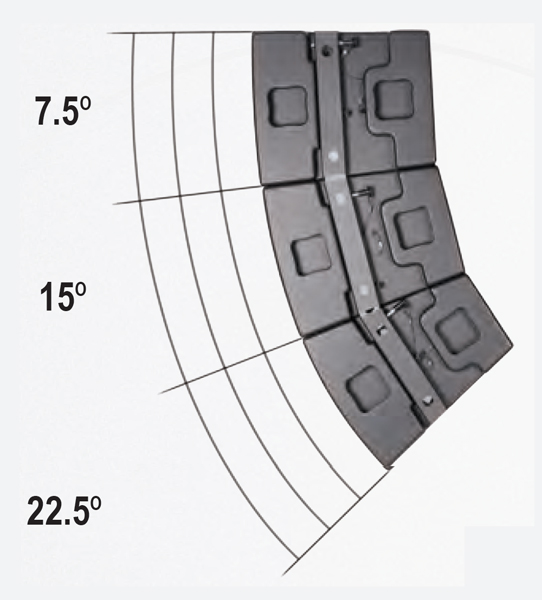When we first discussed VARIA, I have to admit my initial reaction was “too good to be true.”
The concept? The concept? Arrayable loudspeaker modules that combine into singular, point source devices. Modules are offered with a wide variety of coverage choices providing near infinite possibilities. Three dimensional coverage combinations simply chosen using angular and inverse square requirements of the room. Put more simply, a tribute to Leonardo da Vinci: “Simplicity is the ultimate sophistication.”
Unlike typical line array loudspeakers, the technology inside VARIA allows it to scale large or small. VARIA is just at home in a 10,000 seat arena as a 200 seat auditorium. Array size does not calculate into the success of the concept.
Let’s set the framework: VARIA modules are divided into three enclosure types, based on vertical dispersion angle: 7.5, 15, and 22.5 degrees. These choices relate more to architecture than to acoustics, as they provide form fit to seating areas.
Each module is based on a simple 2-way configuration using 1-inch titanium/nitride neodymium compression drivers and 10-inch high-output woofers. Regardless of dispersion, the same internal geometry is maintained from a time origination standpoint, i.e., all modules have identical time signatures, regardless of angle chosen. This is true for all frequencies, since all modules have the same HF and LF components, and it’s crucial in producing a unified, coherent wavefront.
The high-frequency drivers are mated with a hybrid waveguide, a next-generation constant-directivity horn model. Instead of a traditional exponential/hyperbolic expansion throat section, it takes advantage of our proprietary path length correction technology, which takes energy from the driver (or set of drivers) and, much like a lens in optics, reshapes the wave to a calculated exit.
In this case, the exit is a conic horn section providing engineered directivity. Energy outside the operating angle is non-existent, or at the very least is reduced by a significant order of magnitude. Thus at high frequencies, the modules produce “seamless” coupling to each other. By seamless, I’m describing the absence of interference lobes, which can occur when two sources of similar strength — but different path lengths — combine. This destructive interference usually ruins array behavior (or requires extensive DSP to control).
At low frequencies, VARIA becomes an array of woofers that combine in a very constructive manner. Using simple amplitude shading, constant directivity can be maintained throughout the woofers’ spectrum until the wavelength becomes larger than the array.
Within the three module classes (again, 7.5, 15, and 22.5 degrees vertical dispersion), VARIA offers eight horizontal coverage choices, including symmetric 60, 90, or 120 degrees; transitional 60/90 or 90/120 degrees; and asymmetrical 60/90, 60/120, or 90/120 degrees. Any and all combinations can be used within an array.
Of course, this all does indeed “sound too good to be true.” The proof is how it works in an actual application. Let’s use a megachurch model as an example, presenting a challenging acoustical environment combined with a high performance expectation.






















